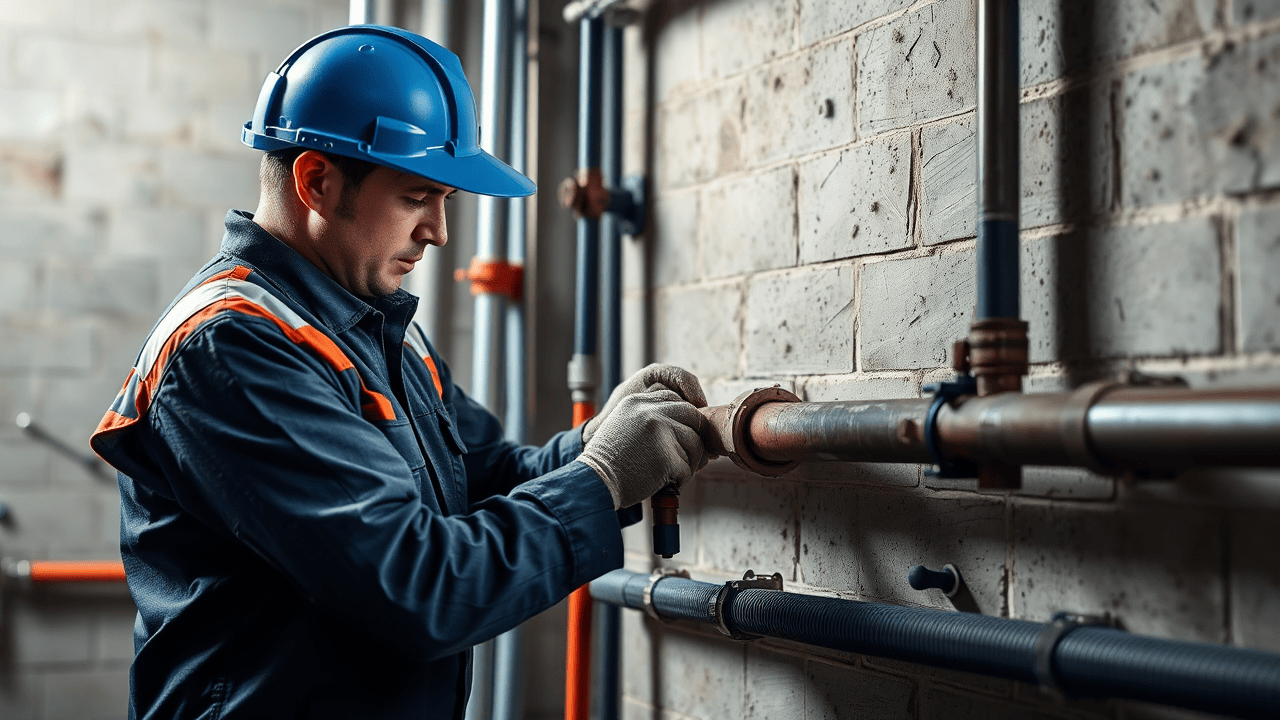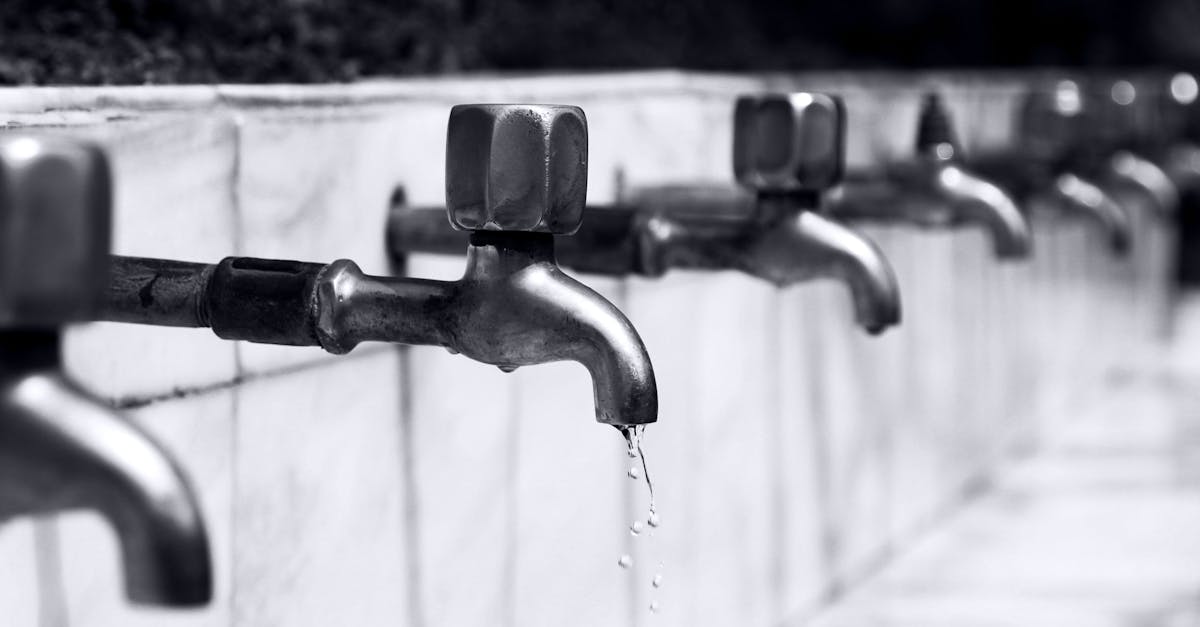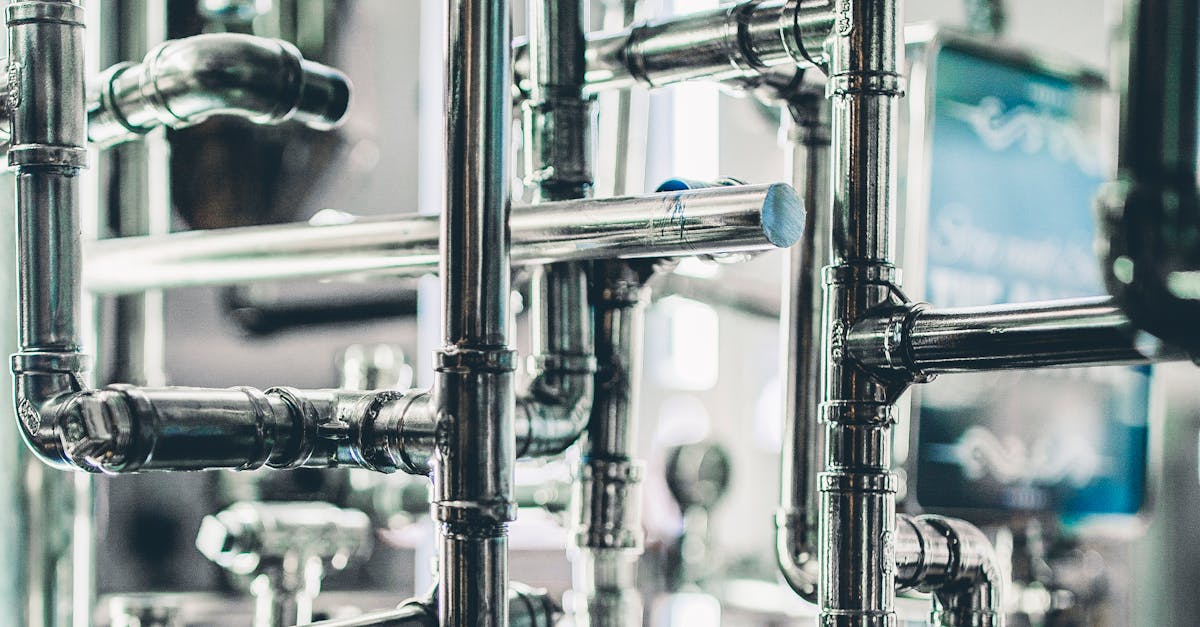
The Importance of Regular Maintenance
Regular maintenance of plumbing systems is essential to ensure their efficiency and longevity. Over time, wear and tear can lead to leaks, clogs, and other issues that may escalate if not addressed promptly. A proactive approach to pipe installation and repair in residential or commercial settings can save property owners significant time and money. Scheduled inspections can identify potential problems before they become serious, ensuring a reliable plumbing system.
Proper maintenance practices also contribute to the overall safety of a building. Deteriorating pipes can pose health risks due to mold growth or contamination from leaks. Pipe installation and repair in accordance with safety guidelines minimizes hazards while maintaining functionality. Engaging professional services for regular check-ups can prevent emergencies and enhance the performance of plumbing systems, allowing for peace of mind in daily operations.
Preventing Pipe Damage and Ensuring Longevity
Regular maintenance plays a crucial role in preventing pipe damage and ensuring longevity. Homeowners and property managers should schedule periodic inspections to identify potential issues early. Corrosion, blockages, and leaks can escalate quickly if left unattended. Incorporating routine checks into property management can save significant time and money over the long term. Ensuring proper drainage and temperature control also contributes to the longevity of pipes.
Pipe installation and repair in various settings requires skilled professionals who understand the specific needs of different types of piping systems. The use of high-quality materials can greatly reduce the risk of damage due to environmental factors. Homeowners should consider factors like water quality and soil conditions when selecting piping. Investing in appropriate insulation and protective measures will aid in extending the lifespan of the plumbing system.
Cost Factors in Pipe Repair
Cost factors for pipe repair can vary greatly depending on several elements. The complexity of the repair job plays a significant role. Simple leaks may only require minor adjustments or sealants, while more extensive damage, such as burst pipes or structural issues, could necessitate complete replacement or significant work. Labor costs associated with specialized technicians who are experienced in pipe installation and repair in various settings can also influence the overall expense.
Materials used in pipe repair or installation can impact costs as well. High-quality materials may be more expensive upfront but offer better durability and longevity. In contrast, cheaper options may save money initially but could lead to higher costs down the line due to frequent repairs or replacements. Geographic location also affects pricing due to variations in local labor rates and material availability.
What Influences Repair Expenses
Several factors can influence the expenses associated with pipe repair. The type of pipe, whether it be PVC, copper, or cast iron, can determine the cost of materials and labor. In addition, the extent of damage plays a crucial role. Minor leaks may require only a quick fix, whereas major breaks or corrosion could necessitate significant repairs or replacements. Geographic location can also affect prices, with urban areas typically facing higher labor costs compared to rural regions.
Labor costs often vary based on the expertise required for specific tasks. Specialized tools or techniques may be necessary for certain types of pipe installation and repair in older buildings or complex setups. Seasonal demand can also impact pricing, with higher rates often observed during peak times for plumbing services. Ultimately, the combination of material type, labor intensity, and market conditions contributes to the overall expense of pipe repairs.
Safety Considerations for Pipe Fitting
Safety is a primary concern when engaging in pipe installation and repair in any environment. Proper training and certification ensure that professionals are equipped to handle various materials and tools. Protective gear such as gloves, goggles, and hard hats are essential to guard against physical injuries while working in potentially hazardous conditions. Additionally, maintaining a clean work area minimizes the risk of accidents, allowing technicians to focus on their tasks without distraction.
Awareness of environmental hazards plays a vital role in the overall safety of pipe installation and repair in residential or industrial settings. Workers must be informed about the presence of toxic substances or gases that may be present in certain pipes. Having ventilation systems in place is crucial for mitigating these risks. Regular safety audits help ensure compliance with health regulations and can identify potential issues before they escalate into serious problems.
Best Practices to Follow During Repairs
During pipe installation and repair in residential or commercial settings, following best practices is crucial to ensure the safety and effectiveness of the work. Workers should always wear appropriate personal protective equipment (PPE) to prevent injuries from sharp tools or materials. Before commencing any work, it is advisable to inspect the work area thoroughly. Ensuring that the site is clear of debris and hazards can significantly reduce the risk of accidents.
Proper planning and assessment are essential components of successful pipe installation and repair in any environment. It is important to measure and mark accurately before cutting or modifying any piping. Additionally, following building codes and regulations protects not only the workers but also the integrity of the plumbing system. Using quality materials and tools can enhance the durability of the repairs, helping to prevent future issues and ensuring long-lasting results.
FAQS
Who is responsible for fitting and repairing pipes?
Typically, licensed plumbers or pipefitters are responsible for fitting and repairing pipes. They possess the necessary skills and training to ensure proper installation and maintenance.
What types of pipes do plumbers and pipefitters work with?
Plumbers and pipefitters work with a variety of pipes, including those made from PVC, copper, steel, and PEX. Each type of pipe requires specific knowledge and techniques for fitting and repair.
How often should I have my pipes inspected?
It's recommended to have your pipes inspected at least once a year as part of regular maintenance. However, if you experience issues like leaks or slow drainage, you should have them checked immediately.
What are some common signs that my pipes need repair?
Common signs that your pipes may need repair include persistent leaks, unusual sounds when using water, low water pressure, and visible signs of water damage around fixtures.
Can I perform pipe repairs myself, or should I hire a professional?
While minor repairs may be possible to handle yourself, it is generally advisable to hire a professional plumber or pipefitter to ensure the repairs are done correctly and safely, especially for major issues.


